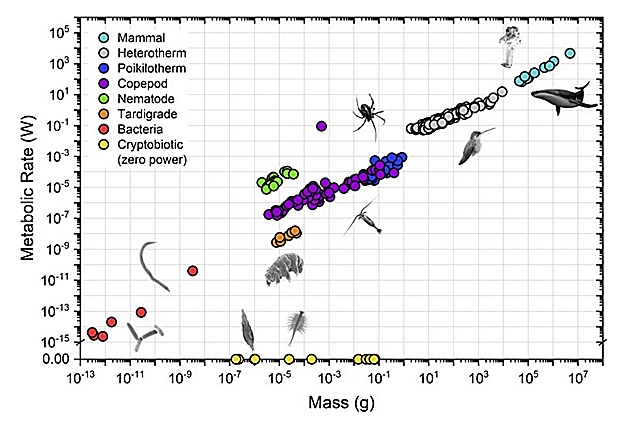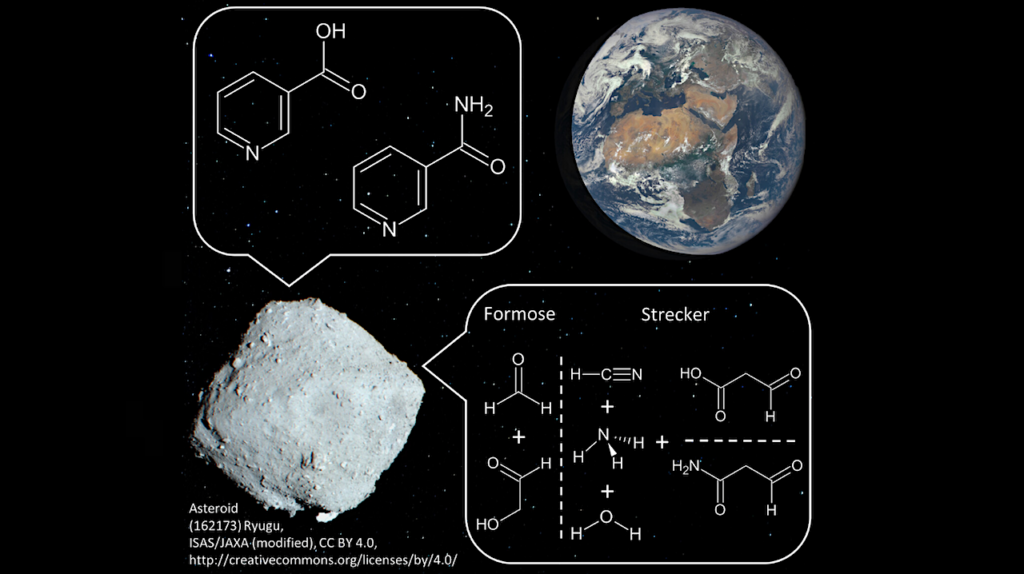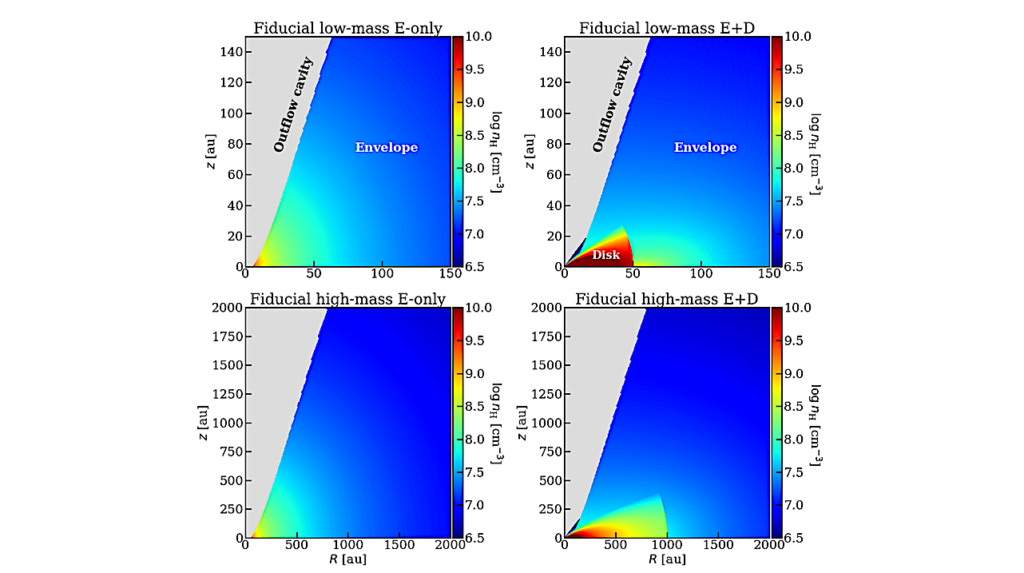The First Interstellar Astronauts Will Not Be Human

Our ability to explore the cosmos by direct contact has been limited to a small number of lunar and interplanetary missions. However, the NASA Starlight program points a path forward to send small, relativistic spacecraft far outside our solar system via standoff directed-energy propulsion.
These miniaturized spacecraft are capable of robotic exploration but can also transport seeds and organisms, marking a profound change in our ability to both characterize and expand the reach of known life. Here we explore the biological and technological challenges of interstellar space biology, focusing on radiation-tolerant microorganisms capable of cryptobiosis. Additionally, we discuss planetary protection concerns and other ethical considerations of sending life to the stars.

Directed Energy Propulsion of a Light Sail. (a) A light sail and payload propelled into interstellar space by directed energy laser propulsion. Emitted photons from a standoff laser array on the surface of the Earth (space-based laser arrays are also possible) impart momentum on the sail by reflection so as to accelerate the spacecraft up to relativistic speeds. Artist’s rendition. (b) The laser array is composed of many small, modular sub-elements which can be articulated, switched off, and added so as to enable a large mission space. As the capability of directed energy propulsion grows, relativistic flight will become possible.
Stephen Lantin, Sophie Mendell, Ghassan Akkad, Alexander N. Cohen, Xander Apicella, Emma McCoy, Eliana Beltran-Pardo, Michael Waltemathe, Prasanna Srinivasan, Pradeep M. Joshi, Joel H. Rothman, Philip Lubin
Comments: 17 pages, 3 figures
Subjects: Earth and Planetary Astrophysics (astro-ph.EP); Instrumentation and Methods for Astrophysics (astro-ph.IM); Instrumentation and Detectors (physics.ins-det); Popular Physics (physics.pop-ph)
MSC classes: 92C99
Journal reference: Acta Astronautica, Volume 190, 2022, Pages 261-272
DOI: 10.1016/j.actaastro.2021.10.009
Cite as: arXiv:2110.13080 [astro-ph.EP] (or arXiv:2110.13080v1 [astro-ph.EP] for this version)
Submission history
From: Stephen Lantin
[v1] Mon, 25 Oct 2021 16:17:33 UTC (415 KB)
https://arxiv.org/abs/2110.13080
Astrobiology, Interstellar,








